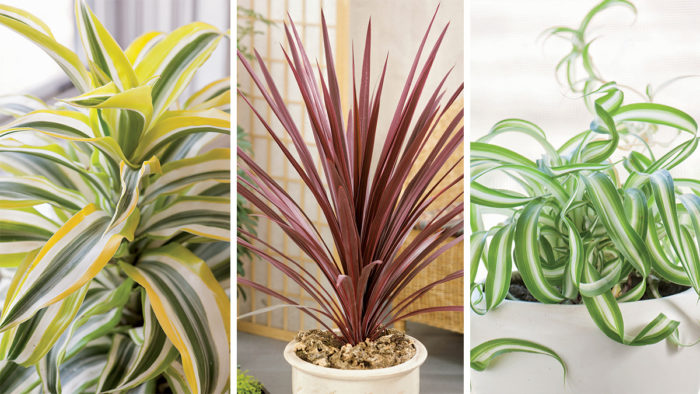
So you’ve seen the light on houseplants and you’re definitely on board. However, your house isn’t all that bright. In fact, it’s downright unilluminated as far as south-facing windows are concerned. A flowering plant would languish in your residence for sure, but how about going the foliage route? If you’re stifling a yawn and veering straight toward “mall plants” in your mind, you haven’t seen what’s new in the foliage realm. Houseplants have come a long way since tedious aspidistras and blah green philodendrons were the only game in town. Foliage plants are no longer the consolation prize for anyone who hankers for houseplants but lacks light. We’re talking a color range that goes far beyond green. The new introductions are every bit as glitzy as flowering plants but require a fraction of the luminosity.
Before I hit the highlights to prove my point, let me just talk a moment about the advantages of growing foliage plants. Aesthetically, they uplift your home and bring nature inside—even when you lack the lumens to support sunshine-hungry houseplants. And their allure goes beyond tolerance for low-light situations. Topping the list of qualifications, the newbies are just as tough as their boring predecessors. That’s not to say that you should torture them with neglect; anything living can be killed if you try hard enough or ignore it for weeks at a time. But foliage plants tend to turn the other cheek when you skip a watering or three. Rather than flimsy foliage, most veterans of this contingent boast thick, substantial leaves. Beyond a tendency not to wilt, leaves of substance also generally avoid insect problems. Nasty nibbling bugs can’t get a bite when the surface is tough.
So here comes a rundown of what to seek out. A quick warning: This list is going to read a lot like a checklist of your great-grandmother’s greatest hits. But don’t dismiss these plants on the basis of their ancestry. The familiar names now have fresh new faces. So get over your prejudices, because we’re talking about a whole new generation.
The foliage plants mentioned here are just a sampling of what the industry has been laboring to achieve for our dark corners. The recesses in your home can be brighter, more meaningful, and definitely better than ever before. But none of this means more work for you—unless you want to become involved, and then go right ahead. No matter what, this is definitely a vast improvement over living with no plants at all.
Chinese evergreen
A swarm of new Chinese evergreens (Aglaonema spp. and cvs.) have flooded the market recently, and they just keep getting better. Even when Chinese evergreens were the botanical version of elevator music, silver markings were in the picture. In the past, that was confined primarily to silver feathering against plain green. That trait has expanded to include broad, almost metallic silver foliage (such as ‘Cecilia’), very elegant ivory markings against dark green veins (‘White Calcite’, for example), patterned leaves with gold flecks (such as ‘Calypso’), and peacock markings that imitate the more difficult prayer plant. But there’s more. Pink and rouge stripes and streaking are now part of the picture with ‘Red Emerald’, ‘Two Tone Moonstone’, and ‘Siam Aurora’ (pictured), to mention only a few.
One word of caution: Although Chinese evergreens are superior for shady corners, they don’t handle bright light particularly well—especially the red-veined and cream-colored versions. Rather than moving these plants outside and risking sunburn, consider keeping them safely inside over the summer. Besides that little quirk, Chinese evergreens are rock solid. They are thirsty, for sure. But they don’t hold a grudge when you withhold water—as long as you don’t do it habitually.
Dracaena
I never thought I would be a cheerleader for a dracaena. The shiny deep green types that originally ruled the scene always struck me as stultifying. But then ‘Lemon Lime’ (pictured) came along, and I changed my tune entirely. We’re talking about a corn-shaped plant with long, straplike leaves edged in electric chartreuse with cream lines. This is the type of plant that can light up a dark situation. The only issue is that ‘Lemon Lime’ (and all dracaenas) can get stretchy, especially in low-light situations, so that it looks less like a nice symmetrical fan of colorful leaves and more like a stalk of corn. There really is no solution to this—after all, the plant is bound to grow. Other than that, ‘Lemon Lime’ is extremely tidy and easy.
Chlorophytum
This is the family that brings us spider plants (Chlorophytum comosum), which are legendary dusty corner warriors. Although you’ll still find plenty of spider plants hanging around in the same old combo of green and cream, they are now available with broader leaves and variations on striping. ‘Bonnie’ (pictured) is a swank curly-leaf version that has effectively turned the most overlooked houseplant into a conversation piece.
Also in the chlorophytum realm is Chlorophytum amaniense ‘Fire Flash’, with pumpkin orange petioles running up to elliptic green leaves. Although it does not send out plantlets on stems, it is very swank.
Chlorophytums are so easy to grow that they can quickly get out of bounds. Keeping up with grooming them can be a chore, but it’s necessary. A spider plant left to its own devices will become a sorry mass of browning leaves amid a jungle of foliage. And be sure to keep up with watering—sometimes it’s hard to judge whether the soil is dry beneath all those leaves.
Ivy
Although many homeowners use foliage plants to give a vertical green accent, ivy (Hedera spp. and cvs.) takes a different stance and fills in with a crawling/dangling presentation. Of course, you can always put your ivy on a pedestal and let it drape down, a function ivies willingly perform, while feathering out in all directions.
There’s nothing new about variegated ivies; they’ve been around for centuries. But novelties are always hitting the mainstream. Rather than throwing out names, I’ll share some attributes that you can seek because ivies come with gold (like ‘Glacier’, pictured) or silver variegation, leaves hemmed in various shades of cream, speckled and marbled leaves, large leaves or lacy foliage, and all kinds of curly foliage that is either dense or loose depending on your selection and how you prune.
The niche that ivies fill beyond what I’ve already discussed has to do with their growth speed. An ivy can be a fulfilling ongoing project that allows you to practice your chops, literally. Here’s a plant that you can sculpt into shape and then see immediate results. In fact, you might need to accomplish frequent sculpting to prevent your ivy from impersonating Cousin Itt. Meanwhile, care will not be a problem. Ivies are trouble free, with the possible exception of scale and leaf mealy bug.
Philodendron
Again, this is a name that can make you cringe if you recall all the creepy heart-leaf philodendrons (Philodendron spp. and cvs.) that dangled from macramé hangers at one point in your life. They were green, they gathered dust, and they desperately needed haircuts. Sound familiar? Again, we’ve got a jazzier repertoire at our fingertips now. A personal favorite is ‘Brasil’, with golden marbling and streaks in its dark green leaves. In growth habit and congeniality, it’s a lot like the philodendrons of yore, but the gold streaking ups the game. Grooming is the critical point with this type of philodendron. Although it requires little maintenance, keep an eye peeled for yellowing/browning leaves caught in the mass. Their removal will spell the difference between an unkempt free-for-all and a design statement.
You can also expand the concept and go with a larger-leaf version such as ‘McColley’s Finale’ (pictured), with its thick, oval, burgundy leaves that trail very slowly around. ‘Moonlight’ is chartreuse with a more upright growth habit. Skeleton-leaf philodendrons are also easily found, a favorite being the tidy, fan-shaped ‘Xanadu’. If you have never associated the word “elegant” with a philodendron, you need to give ‘Xanadu’ a whirl.
Cordyline
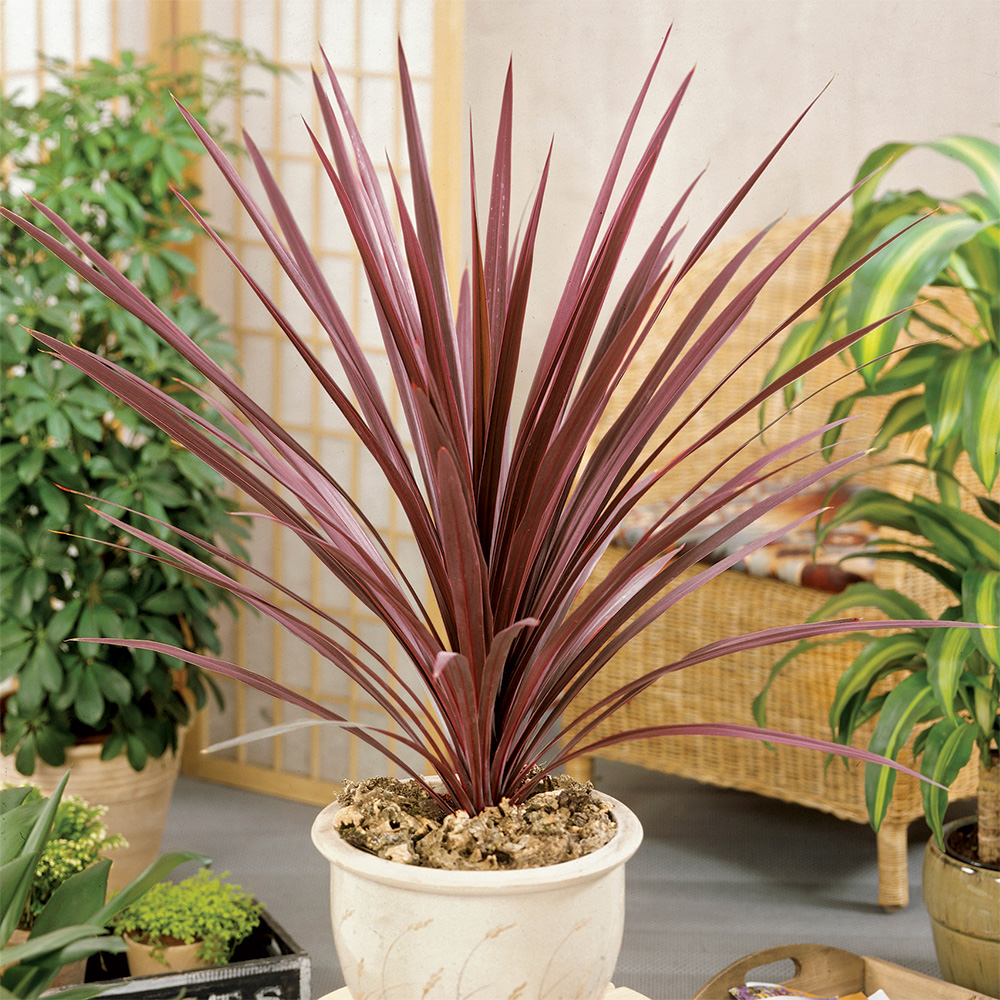
You need to revisit these sleepers, because cordylines (Cordyline spp. and cvs.) are currently enjoying a renaissance. ‘Red Star’ (pictured) is available just about anywhere plants are sold, and it couples deep burgundy leaves with a bristly growth habit that just keeps getting better with age. Use this long-leaved beauty as the vertical element in containers in summer. Then give it a container of its own, and let it become the star attraction indoors over winter. Not quite as readily available, but equally snazzy, is ‘Black Night’, with darker-wine leaves. Stripes are now part of the picture with green-and-cream ‘Can Can’ and its blushes of rouge. ‘Pink Champagne’ is more subtle, with chartreuse, forest green, and cream stripes running up long slender leaves with just a hint of tissue pink in the center. No matter how flashy your cordyline happens to be, these plants are all equally easy to please. Your only problem might be the dimensions these plants reach when grown for more than one season. When cordylines are happy (and bliss for a cordyline isn’t difficult to achieve), their foliage can easily become 3 feet long. Fortunately, they are fine with cramped roots in a modest-size container.
Tovah Martin is the author of several books on houseplants, including The Unexpected Houseplant: 220 Choices for Every Spot in Your Home.
Photos, except where noted: Kindra Clineff.

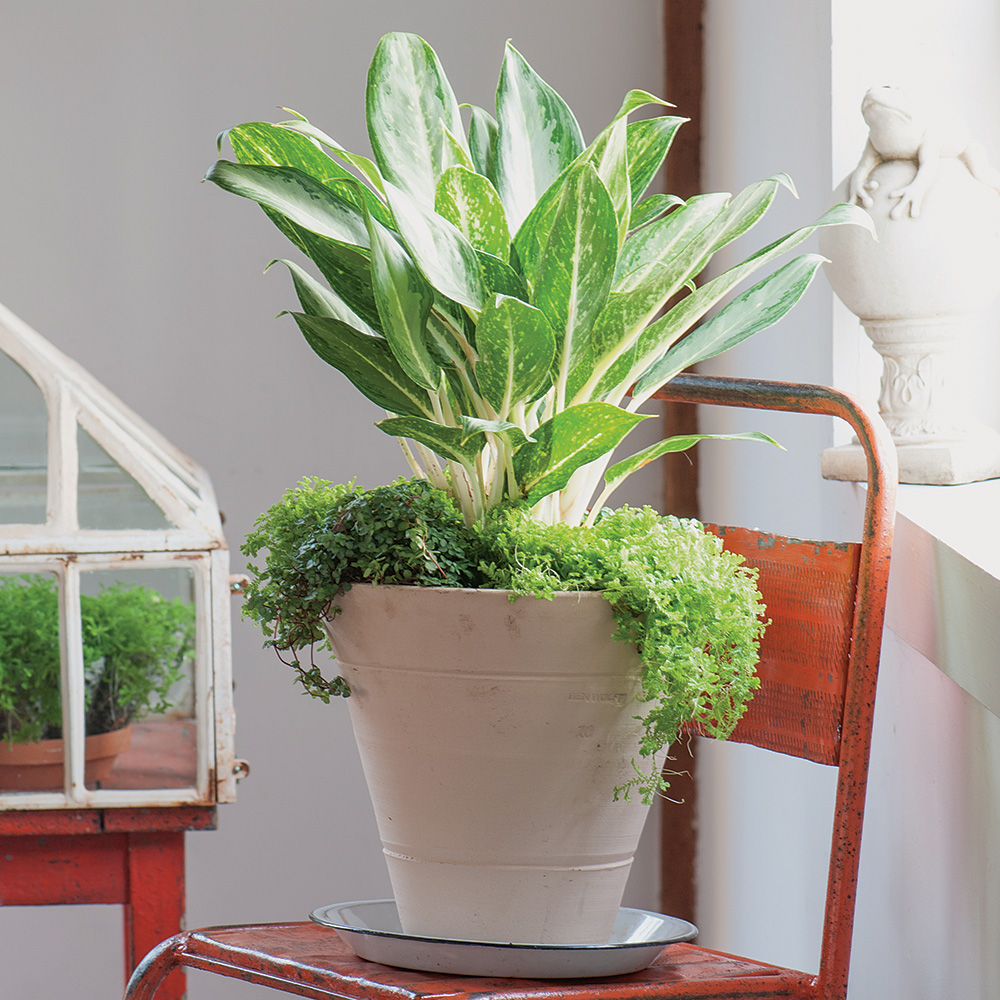



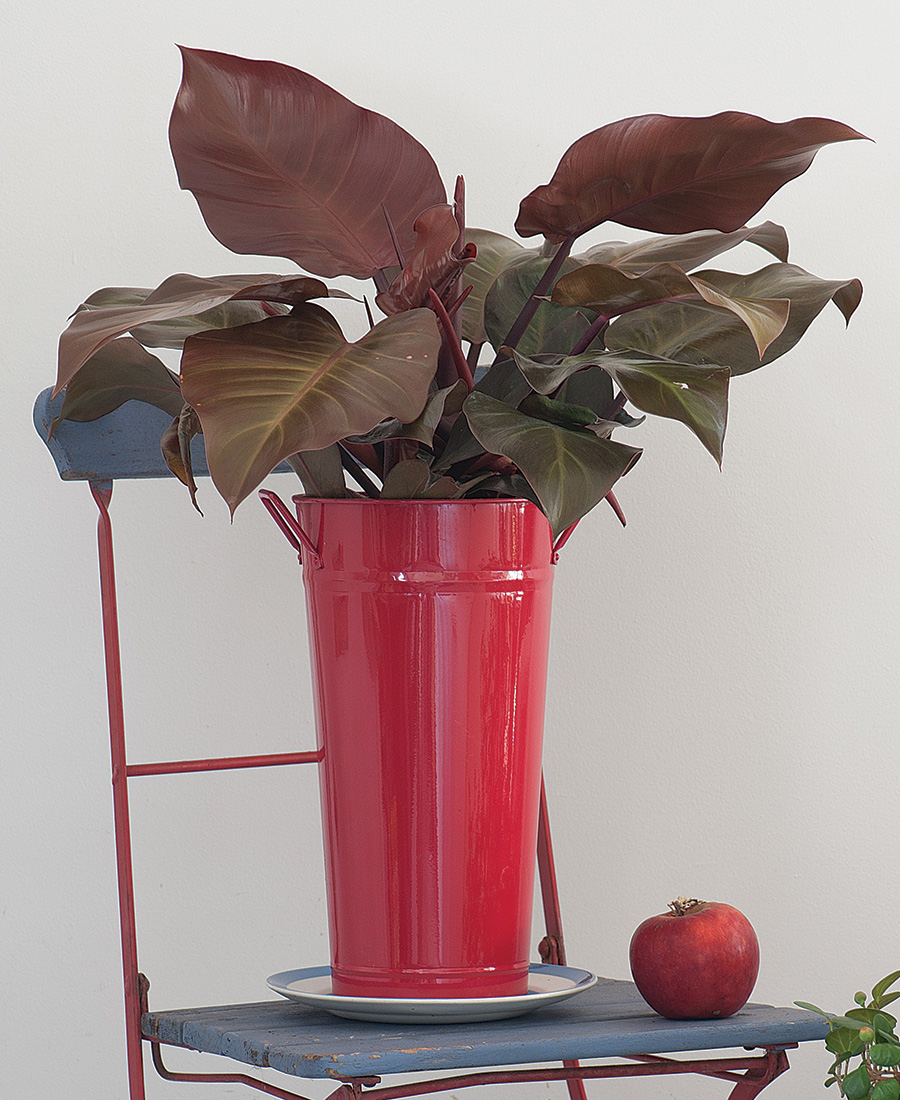
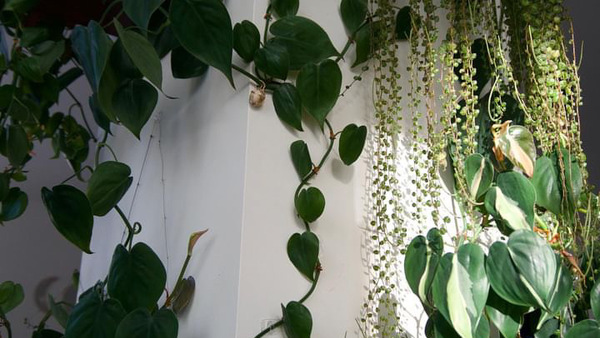














Comments
Log in or create an account to post a comment.
Sign up Log in